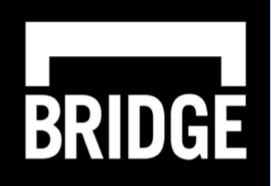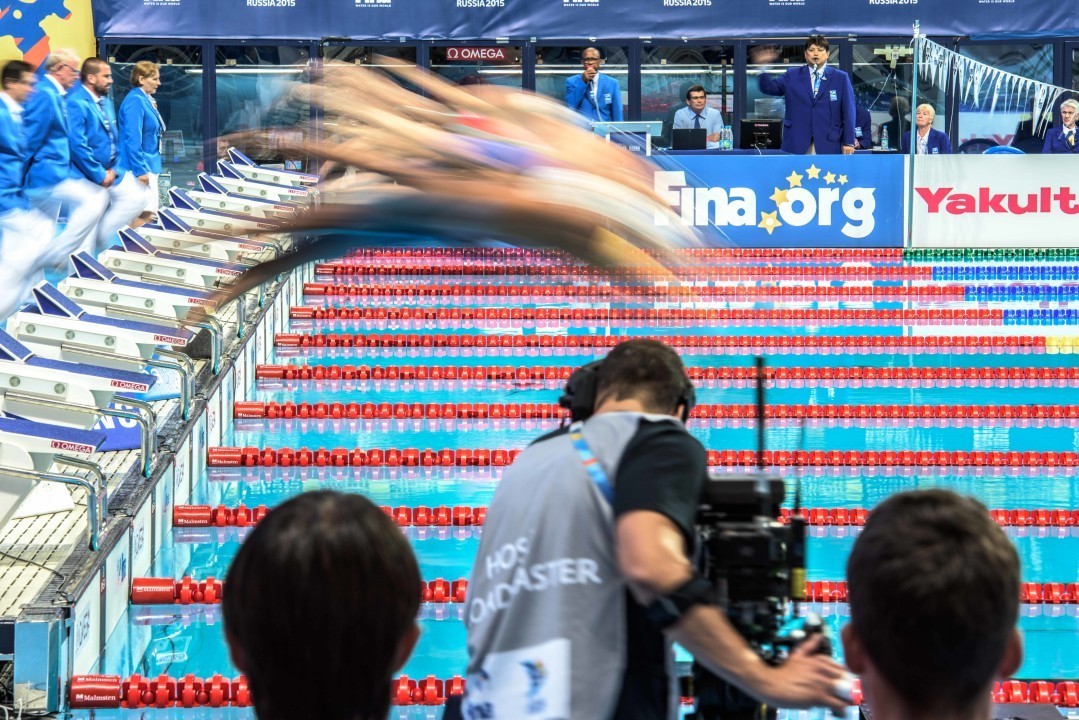Welcome to week two of the Building Blocks Series Volume 1 powered by BridgeAthletic.
Each week you and your athletes will work on mastering the fundamental exercises that build elite athletic performance. Yes, these exercises will seem familiar, but without a firm understanding of the basics there is no path towards greatness.
Volume 1 consists of four exercise progressions: the pushup progression, the squat progression, the body weight pullup progression, and the advanced pullup progression. Each week a new exercise will be introduced, followed by daily variations that add complexity while building strength, power, speed, and mobility.
Exercise Progression Introduction:
This week I would like to introduce the squat. It is an integral part of any athletes development because it provides the foundation to lower-body stability, mobility and strength. We will progress from body weight exericises that focus primarily on stability and mobility towards a more advanced, strength focused barbell squat by the end of the week.
Join us on our mission to master the squat and build better athletes.
Exercise 1: Wall Squat
https://www.youtube.com/watch?v=bVy1-4QX2SM
The wall squat acts a foundation for developing the squat with a focus on form and stability. Wall support aids in form development, while time can be used as variable for increased difficulty.
Thanks for joining us on the first stage of the squat progression. We hope you and your athletes will join us as we progress towards mastery.
Want Feedback?
We’re here to help. We highly encourage you and your athletes to share videos and pictures performing the exercises. Use #BuildBetterAtheltes in order to receive feedback and guidance from one of our elite coaches on the BridgeAthletic Performance Team.
Be sure to check back tomorrow for more Building Blocks!

About BridgeAthletic
 BridgeAthletic works with elite professional, collegiate, and club swimming programs to provide a turnkey solution for dryland training. Led by Nick Folker, the top swimming strength and conditioning coach in the world, our team builds stroke-specific, custom-optimized dryland programs for each of our clients. The individualized workouts are delivered directly to athletes via our state of the art technology platform and mobile applications. Check Nick and BridgeAthletic out as recently featured in SwimSwam.
BridgeAthletic works with elite professional, collegiate, and club swimming programs to provide a turnkey solution for dryland training. Led by Nick Folker, the top swimming strength and conditioning coach in the world, our team builds stroke-specific, custom-optimized dryland programs for each of our clients. The individualized workouts are delivered directly to athletes via our state of the art technology platform and mobile applications. Check Nick and BridgeAthletic out as recently featured in SwimSwam.
About Nick Folker
 Nick Folker is the Co-Founder and Director of Elite Performance at BridgeAthletic. Nick’s athletes have won 22 Olympic Medals, 7 team NCAA Championships and over 170 individual and relay NCAA championships. Megan Fischer-Colbrie works as the Sports Science Editor at BridgeAthletic. Megan was a four-year varsity swimmer at Stanford, where she recently graduated with a degree in Human Biology.
Nick Folker is the Co-Founder and Director of Elite Performance at BridgeAthletic. Nick’s athletes have won 22 Olympic Medals, 7 team NCAA Championships and over 170 individual and relay NCAA championships. Megan Fischer-Colbrie works as the Sports Science Editor at BridgeAthletic. Megan was a four-year varsity swimmer at Stanford, where she recently graduated with a degree in Human Biology.
The Championship Series by BridgeAthletic is designed to empower athletes with tips from the pros that will help them reach peak performance come race day. We will be covering competition-focused topics such as nutrition, recovery, stretching, and mental preparation.
Follow BridgeAthletic on Twitter here.
Like BridgeAthletic on Facebook here.
Follow BridgeAthletic on Instagram here.
Swimming Training is courtesy of BridgeAthletic, a SwimSwam partner.



Hips sitting higher than the knee? That’s just gonna help you learn to squat like a goon. Don’t squat like a goon.
Sure, you’ll squat like a goon, but I think in terms of swimming it’s closer to the angle your legs will take when pushing off the wall. Plus, who knows these days. There’s so much conflicting research as far as which squat depth improves the vertical the most.
But yeah, the gym rat in me is facepalming over it too.
Don’t try to make the squat like a wall push or anything that “translates” to swimming better. Just use it to get your legs strong, which means going full range of motion without compromising spinal position. (Oh and the knees are allowed to go over the toes… that’s not a real thing)
I don’t really endorse/care about this particular series, but it’s just common sense that if you take two individuals that have equal technique, size, strategy, etc, than the stronger will win. Why do male swimmers set world records beyond female swimmers. They SURELY don’t work harder. Oh…muscle mass and strength!
Running sprinters used to think weight work would hamper flexibility and therefore slow them down…until sprinters who lifted regularly started destroying everyone. Even the Cal Women’s swim team has a t-shirt that says, “Just Lift” and man do they!
There are plenty of male swimmers that have way more muscle mass and are physically stronger on land than Katie Ledecky, yet they can’t come anywhere close to her performances.
I see you missed the part where all other elements for equal in order for that to make a difference…
Also how she’s a distance swimmer and not a sprinter…
Also how the fastest male milers typically are larger with more muscle mass and also swim faster…
I thought for a second that you were going to provide some evidence between increasing squat and faster swimming. Nope. Just the basic do strength exercises and get stronger. ~science~.
Growing tired of these Bridge athletic posts with no real valuable input. Nutrition: eat well. Dry land: get stronger. Flexibility: get more flexible.
Okay.
Hire me to write something. I’ll explain the subtle concept of swimming to be improve swimming.
Thank you for this series.